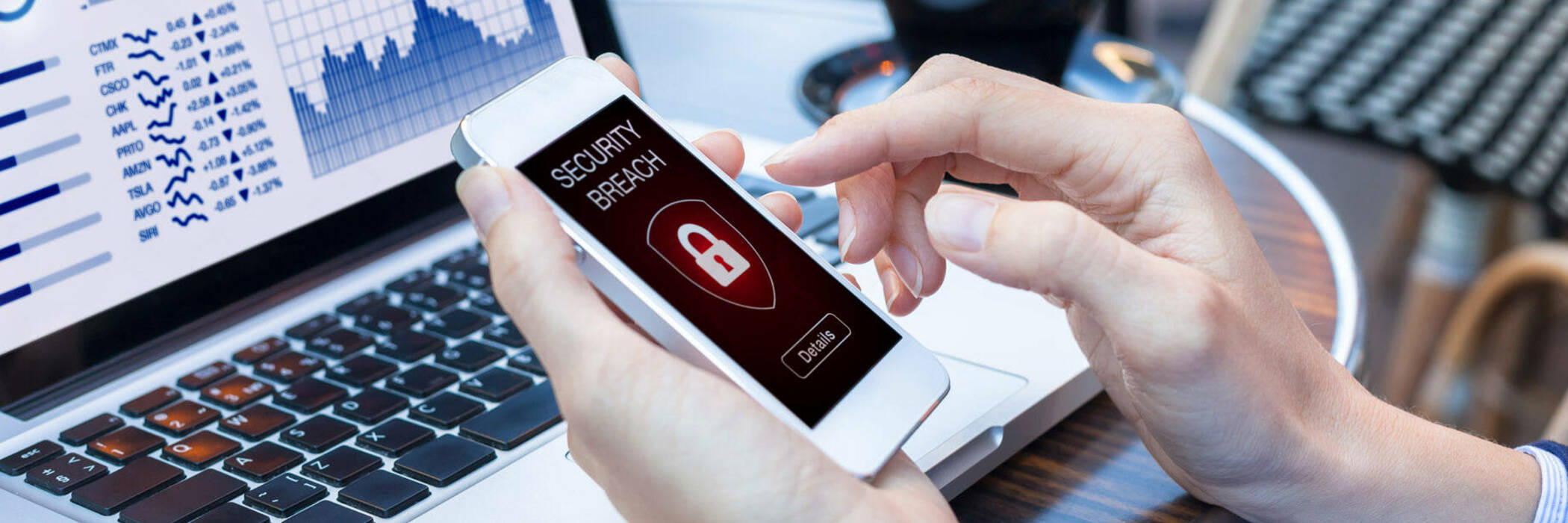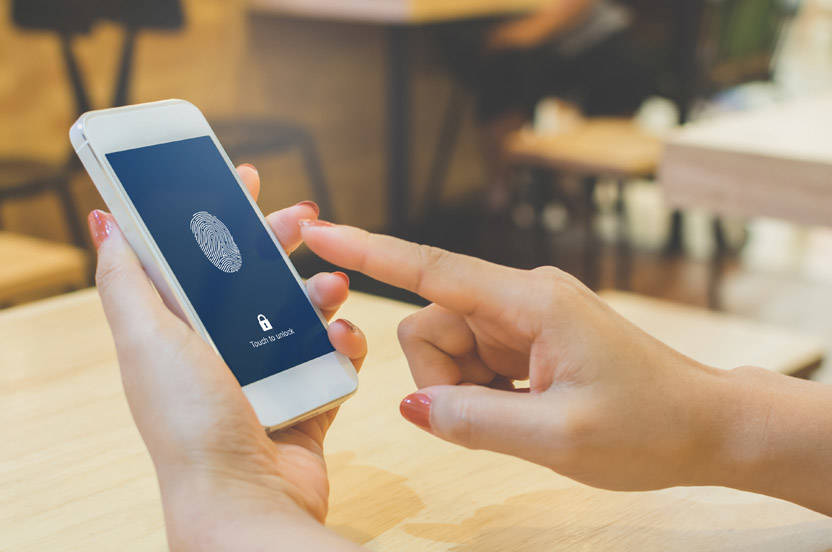
Securing your mobile phone
Tech writer Hadyn Green reviews the most common features for keeping your phone secure.
Your phone has all of your personal information on it. This can include your debit and credit cards details, as well as photos and other private data. Because of this you need to keep your phone secure, even if it gets stolen.
Physical unlock features
Unlocking your phone is the action you’ll perform more than any other. It needs to be fast and simple, but also hard to break. There are a few ways to do this and some are more secure than others.
PIN, pattern, and password. These old forms of logging in are actually quite secure. If you use a PIN, make sure it’s 6 digits or more. Patterns are where you draw a small pattern on a grid of 9 dots. If you use a pattern there are shapes to avoid because they are too common: don’t draw a letter or number and don’t start in the top left and end at the bottom right. Password is the most secure form of manual unlock, but isn’t used by many people because it takes longer to enter, and you want your unlock to be fast.

Fingerprint sensors. The home or power button on many new phones contains a small sensor that uses your fingerprint to unlock the phone, log in to secure apps or make purchases. On some phones the sensor is on the back. With newer phones the screen covers the entire front face, and the fingerprint sensor is either hidden underneath the screen or the phone will use face recognition (see below). Fingerprints are a fairly secure way to lock your phone, and a quick way to unlock it.
Face recognition. The newest way to unlock your phone is to let it scan your face. There are three main ways of doing this. Some phones scan your image and recognise you due to facial features, such as the distance between your eyes – this version isn’t very secure and can sometimes be unlocked using a photo of your face.
Other phones scan your irises, which are as secure to use as fingerprints. Both this and the method above have trouble with low light and distance from the camera, and may require you to remove glasses.
The third method projects a grid of infrared dots on to your face to create a 3D map that is unique to you. This version is the most secure and does not have any of the flaws the other types suffer from.
Software
When it comes to securing your phone’s data, start with simple things. A few phones offer to encrypt your phone whenever it’s locked – so even if someone breaks past the security, the data inside will be unreadable.
Anti-theft tools are features that can protect your data from thieves and make recovering your phone easier. Accessing these features usually requires logging into a website or sending your phone an SMS (text) message. Remote tools rely on the phone’s location setting being enabled and your phone needs to be connected to the internet.
Remote locking. As soon as you realise your phone is missing, locking it should be your first step. Once activated, this prevents anyone from opening your phone and accessing stored information.
Locating. This shows your phone’s current or last-used location, usually on a map or as a set of coordinates. Accuracy varies, but you’ll likely get within a few hundred metres of your device.
Remote wiping. Remote wiping lets you delete data from the phone. Common wipe functions include deleting SMS messages, emails, contacts and calendar entries. Some apps let you trigger a complete factory reset.
Other remote tools
- Remote scream emits a loud noise from the phone.
- Remote camera access allows you to take photos or video.
- Some apps let you send a message to the phone’s lock screen.

We can't do this without you.
Consumer NZ is independent and not-for-profit. We depend on the generous support of our members and donors to keep us fighting for a better deal for all New Zealanders. Donate today to support our work.
Member comments
Get access to comment